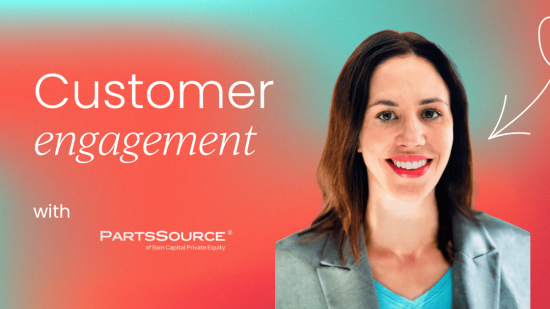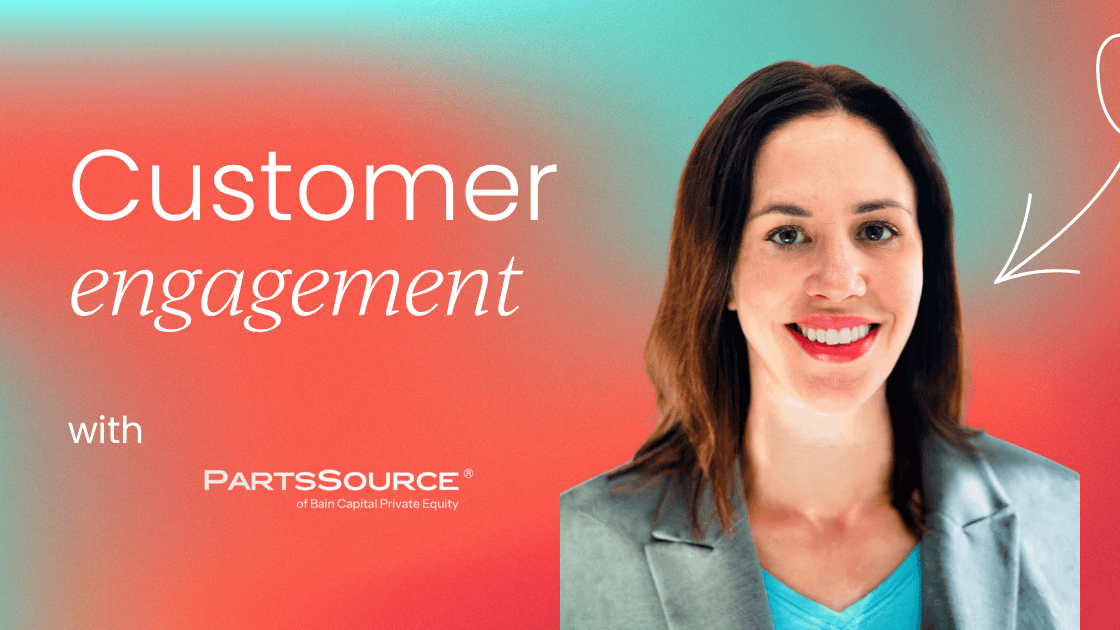Are your customers engaged? Do they log in on a regular basis? Do they regularly attend meetings with their customer success manager (CSM)? Are they using all the features or services available to them through their contract?
A better question: Do your customers actually know what they purchased and why? If it’s been six months or more since the contract was signed, chances are at least one of your users wasn’t involved in the purchasing decision at all. Your champion could have changed jobs.
Whether you are a product marketing manager (PMM) at a software as a service (SaaS) company or service business, any company that relies on contracts that last a year or longer is likely facing the risks of customer churn and customer apathy increasing over time.
PMMs can play an active role in driving customer engagement, reducing churn risk, and even turning customers into champions, increasing customer lifetime value (LTV).
The importance of regular touchpoints
How often do your customers hear from you, and is it only to benefit your company? One simple way to get customers more engaged is a monthly newsletter. This gives a consistent vehicle to share company news, product updates, and show that you care about their industry by sharing your company’s thought leadership content.
It’s also a simple vehicle for customer education. Every month, I like to include a tip on how to use the platform or services available to them. In some cases, this is to upsell a useful service, but most of the time, it’s just to teach the customers what is available to them.
Win over your customer success team and partner with them for education
Your customers need ongoing opportunities to learn after onboarding is over. Especially since there are likely people who joined their team after the product was already implemented.
Live office hours can be a fantastic vehicle to answer questions and drive engagement. Worried about being caught off guard? You can include a question box on the registration and also have some planted questions and topics to run through.
To run effective office hours, you need a true product expert who is empathetic to your customers. This is a great opportunity to partner with your customer success team to host and answer the questions you run and promote the event.
This also helps you start to win customers back at scale. Once I had a customer contact join who was at a customer we had written off as a churn.
The CS team had not heard from anyone at the customer in months; they weren’t logging in, and there were no signs of life. He was not a name that the account team had. He started asking basic questions in the Q&A box and we were able schedule time with him to get into details. The customer renewed.
Give customers an opportunity to tell their stories
Anyone who has worked in marketing at a company that primarily sells to enterprises can tell you it is nearly impossible to get case studies or reference calls. But that doesn’t mean that you should write off customer advocacy. Passionate customers are a powerful force, and where there is a will, there’s a way.
While case studies are generally not allowed by legal, many companies are open to their employees presenting their work to help industry education.
Webinars, featuring customers talking about how they do their job, including, but not necessarily about, your product, are awesome. Everyone wants to learn from the best, and even if your product makes up less than 10% of the presentation, it’s still part of the customer’s story.
For example, when working at a MarTech company, one customer talked about how she approaches internationalization of content at a large company. She talked through the challenges of getting through the different approvals and finding internal stakeholders in countries that she was not in.
Our product was only a small part of her content, but her presentation still drove several other users at international companies talk to their CSM about how they could start using the platform in more regions.
Restrictions from legal will still apply
You may be tempted to replay these webinars on your company blog or on your social media accounts. Use caution: once they are turned into marketing content, legal teams tend to get flagged, and your customer could get in trouble, taking away the goodwill you just built.
The power of a live product webinar
Of everything that I am suggesting, product update webinars with live demos are probably the riskiest tactic, but they offer the greatest reward.
If your product management team is willing, having them as the experts walk through the latest changes to your product, first with slides and then a demo, can be a fantastic way to both engage and educate customers.
Customers will ask questions, and the product team will also immediately benefit from getting real feedback. Things can go wrong, especially if the new features aren’t actually completely ready, and even the best software can fail at an inopportune moment.
Moreover, sometimes customers will recognize what you don’t have during these webinars. Still, even with these risks, nothing gets customers more excited to try out new features than seeing them demonstrated in a live webinar.
Give your customers an opportunity to participate in the product development process
Customer advisory boards (CAB) and customer user groups are a great way to give both your best and grumpiest customers an opportunity to feel heard and for product teams to get the real feedback they need to be successful at all steps of the process.
This is an activity where it’s helpful for CS, product management, and PMMs to partner together, as the CS leadership owns the customer relationship and should want to hear when they are happy/unhappy and what they are worried about, and the feedback is valuable both in developing the product and thinking about positioning and messaging the product.
Sometimes the feedback can be surprising. Once we met with the CAB to get feedback on how to approach automatic translations, we tried to get a better sense of how they would use it and at which steps and parts of the platform it would be important.
Instead, we discovered that many of our customers had real concerns about their data being passed through a competitor by having it turned on in the product, putting all of those accounts at risk. Product management took a step back and looked at other service providers because of their feedback.
They also rescoped the feature, making it optional, to take into account their concerns. Because I heard the feedback, it also changed how I approached the go-to-market strategy and messaging when it was ready.
Conclusion
To become a happy customer engaging in upsell with low churn risk, customers first need to be an engaged.
As a PMM, you should take the opportunity to partner with your counterparts in CS and product management to help drive more opportunities for education, like office hours and webinars, and opportunities for customers to feel like they are being heard, like CABs and user groups.
Customers should hear from your company regularly and have a variety of ways to find out about your company and product, whether that’s the nuts and bolts of using your product or seeing how it fits into industry best practices from the stars of the industry.
PMMs can lead the charge and help win the customer back and grow them into a customer champion.






